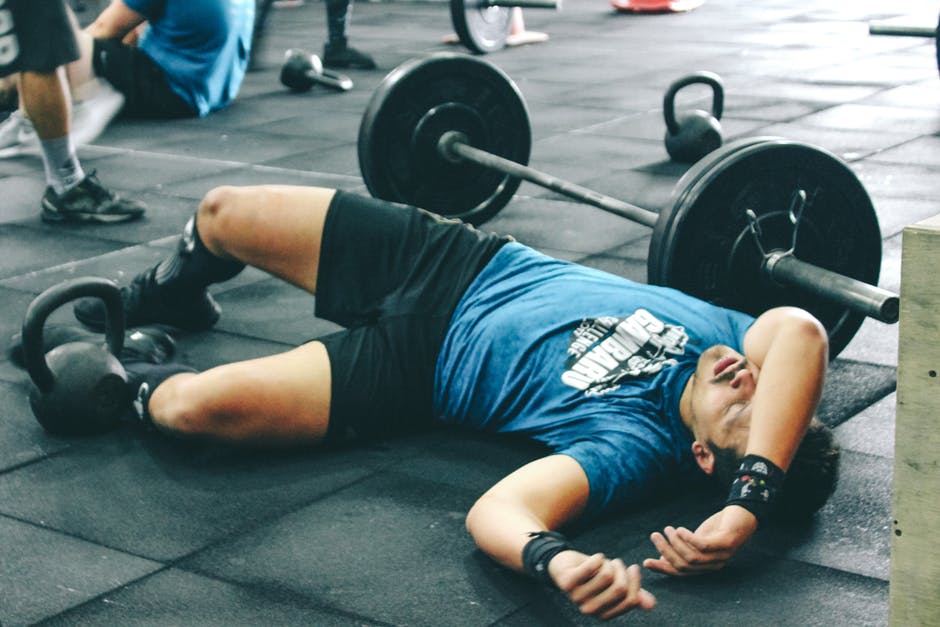Program design isn’t a very complicated thing when we’re just talking about lifting weights. Want to get stronger? Train heavy. Want to become more explosive? Train explosively! The lifts that involve the most muscles or most technique should be done early in a session, isolation movements should be done last. Etc.
Where things get complicated is when you are training athletes. This is because lifting weights is not the only thing that athletes do. Athletes have to be fast, so they need to sprint. They need to be able to use their strength; this means plyometrics and medicine ball throws. They need to be able to change directions in response to what is happening around them. They need endurance, so this is everything from interval training, to implements, to circuits, to endurance work. They practice their sport, this takes a toll on their recovery ability. They also play a sport. When you combine all of these things you get a very complicated picture and it can make program design extremely challenging. It’s also something that is not covered by the research, which tends to look at one aspect in isolation (for example, a six week study looking at weight training).
There are other complicating factors when working with athletes. Very few coaches are in a situation where they are working with one or two athletes in a spacious facility. Most of us are working with large numbers of athletes with limited equipment and space.
Here’s an example of how confusing this can become. If we are going to squat today, when do we sprint? Here are some options:
Sprint today. But wait, won’t squats have a negative impact on sprints?
Sprint tomorrow. Wait, if we sprint tomorrow when do our legs recover?
Sprint the day after tomorrow. Ok, but when will we lift?
As you can see, you can overthink yourself into paralysis on this.
So with this post I wanted to share my thoughts on this.
First, I group everything by the qualities that I want to train. For example, in the weight room I have three types of workouts (note that this changes in-season):
- Maximal strength: total body workout focused on increasing maximal strength
- Power: total body workout focused on increasing our ability to generate force quickly
- Hypertrophy and/or endurance
If I’m training three times a week I use one day for each type of workout.
Second, I group speed training with the strength training. For example, acceleration workouts go great with maximal strength weight sessions. Maximum velocity workouts group up well with power workouts. If I do speed endurance, that goes with the hypertrophy day.
Third, plyometrics get grouped with the weights. If they are to be done once a week they go on the power day. If more than once a week then the power and strength days.
Agility will depend upon the nature of the drills to be done. Shorter duration/distance drills go well with strength or power days. Longer drills go with the hypertrophy day.
Metabolic conditioning is good for the days when you are not in the weightroom. It’s also a great way to use exercise to recover from exercise.
Now, if you have the luxury of programming the sports practices then everything can be aligned with the sport (which is obviously the most important part of things). For example, if the practice is focused around skills then that is a great strength or power day. If it is focused around scrimmages or small-sided games, then that’s a great day for hypertrophy or endurance training.
What I’ve described is off-season training, when there is less travel and more time to do everything. In season is going to have to be a different post because there is never enough time during the season.



3 thoughts on “Thoughts on Organizing Training”
….and of course the variable of having 50 to 60 student-athletes, from different co-ed sports in and out of season with different skill and strength levels in a crowded facility with no assistants and a 5:00 bus to boot makes it all come together so much easier. My hair turned grey in my 30s, I lost them in my 40s now I just scatch a bald head. Maybe yours looks like mine, no doubt !
Coach,I do the buzz cut thing to hide the grey and the missing patches…
John
Comments are closed.